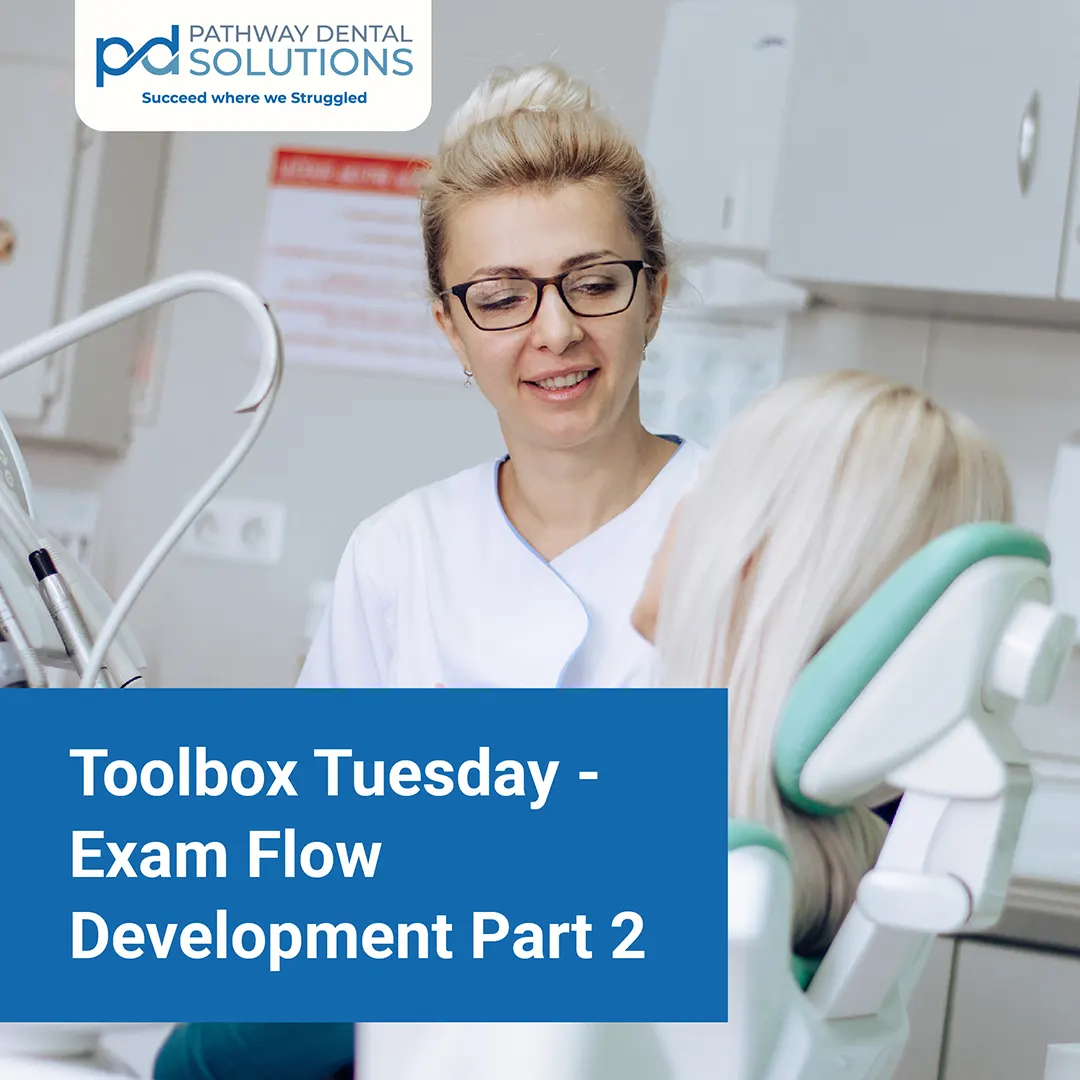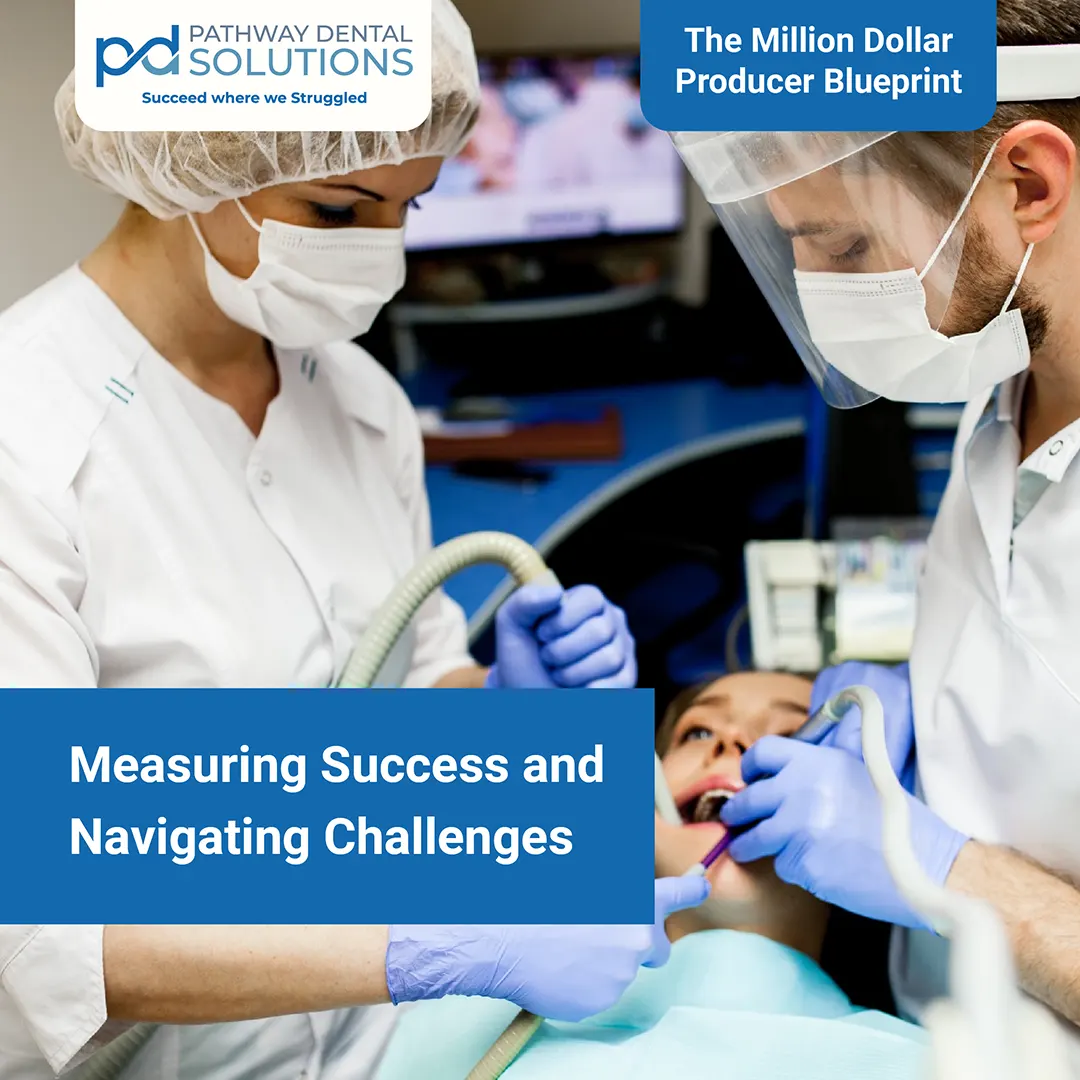
Welcome to another exciting episode of our weekly Toolbox Tuesday series! This week, we continue our deep dive into the intricacies of exam flow and its direct impact on production. Exam flow is a massive topic, and while we can’t cover everything, we’re honing in on some of the most essential elements that ensure our doctors achieve successful, structured, and effective exams.
Importance of Structured Exams for High Production
Structured and well-executed exams are crucial for our doctors to exceed a million-dollar production. It’s not just about conducting a thorough exam; it’s about setting up the entire process correctly and ensuring it transitions smoothly from the moment patients engage with our office to post-exam follow-ups.
Case Acceptance Begins Before Patient Entry
An often overlooked fact is that case acceptance starts long before a patient walks through the door or makes an appointment. The patient’s first impression of your practice’s professionalism, the onboarding process, and even the interactions they have when scheduling appointments all contribute significantly to case acceptance.
The patient journey needs to be seamless and reflective of the high standards of treatment they will receive. For instance, effective communication before the appointment can set strong expectations and build trust, significantly impacting the case acceptance rate.
Professional Boundaries and Building Rapport
It’s essential to remember that although building good rapport is critical, it doesn’t equate to turning patients into personal friends. While friendly interactions might lead to some case acceptance, it’s not a strategy that sustains high production levels.
Streamlined Communication
We emphasize streamlined communication among the team. Before the doctor enters the room, assistants make patients aware of the upcoming interaction and prepare them psychologically. Our note-taking system on patient interactions ensures continuity and personal touch without requiring redundant conversations.
Integrated Rapport Building
Building rapport should happen concurrently with the exam process. It’s efficient and puts patients at ease. For example, while conducting an intraoral exam, a doctor might inquire about personal aspects previously noted, demonstrating attention to detail and genuine interest. This approach adopts a dual focus—ensuring the patient’s comfort while systematically progressing through the exam.
Team Integration in Exam Process
A structured and predictable exam process not only reduces emotional fatigue for doctors but ensures the entire team can support the patient’s journey effectively. This means:
- Pre-exam Preparation: Assistants and front office staff gather initial patient data, making the exam process smoother and more focused.
- Exam Workflow: Doctors integrate rapport-building with clinical evaluations. This includes taking notes and conducting procedures while engaging patients.
- Team Support: Assistants monitor the process and provide cues to doctors if the exam derails from the structured approach, helping to realign focus and provide clarity.
Core Elements of a Structured Exam
- Concurrent Rapport Building
- Power Questions
- Facts
- Clear Path Forward
Conclusion
Implementing a stringent structure for exams transforms the workflow efficiency and case acceptance rates significantly. Our weekly Toolbox Tuesday sessions enable us to continuously refine these processes, aligning our team towards common goals and exceptional patient outcomes.
Stay tuned for further insights next week as we dive deeper into refining our strategies to enhance productivity and patient satisfaction in your practice.



